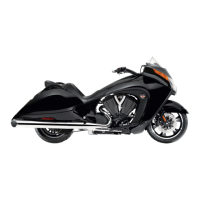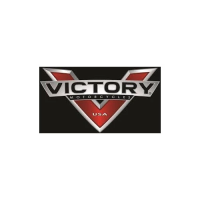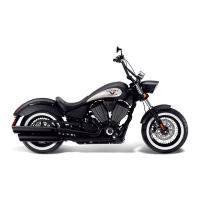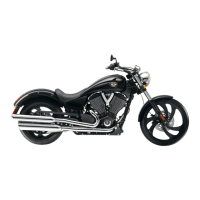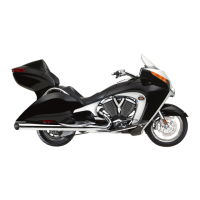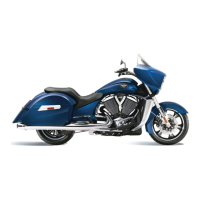What to do if my Victory Motorcycle engine cranks but will not start?
- JJames FlemingJul 30, 2025
If your Victory Motorcycle engine cranks but won't start, first, verify the fuel level is adequate. If the fuel level is not the issue, turn the engine STOP switch to RUN and the key ON. Listen for the fuel pump to run momentarily and then stop. If you don't hear it, inspect the fuel pump/ignition circuit breaker. Also, check the spark plugs and ensure the spark plug wires are securely fastened. Finally, ensure the battery is fully charged.
